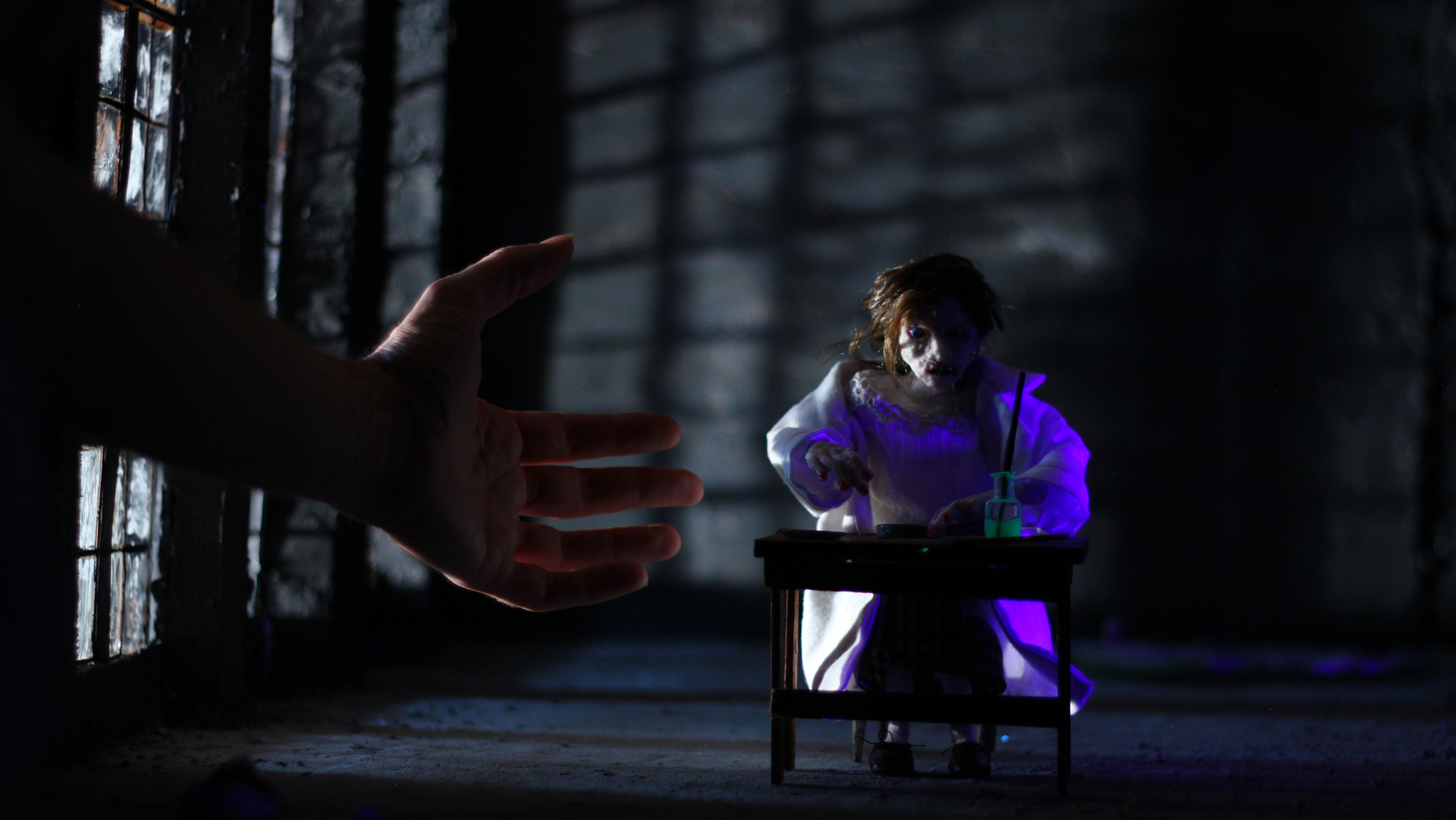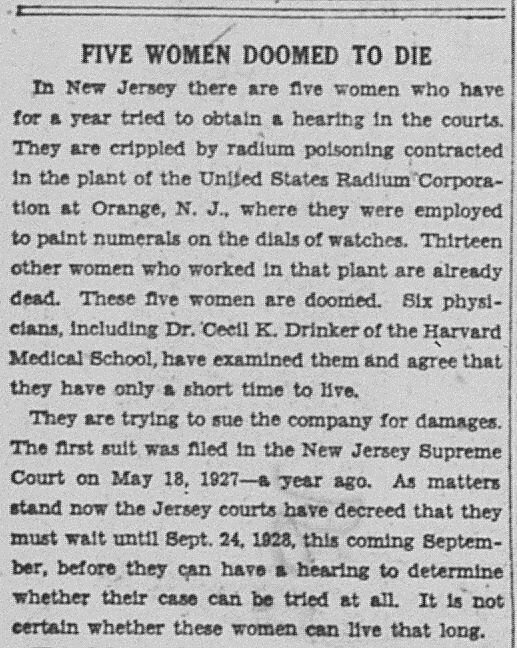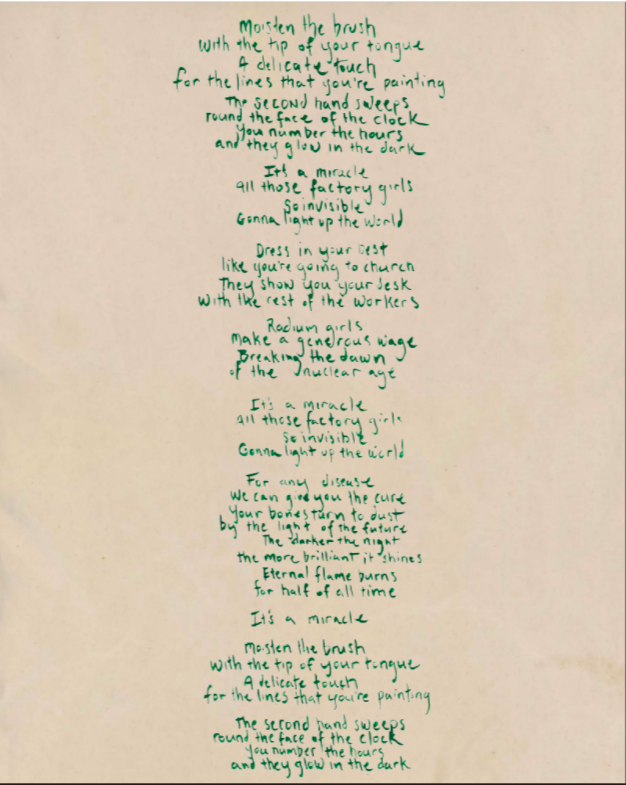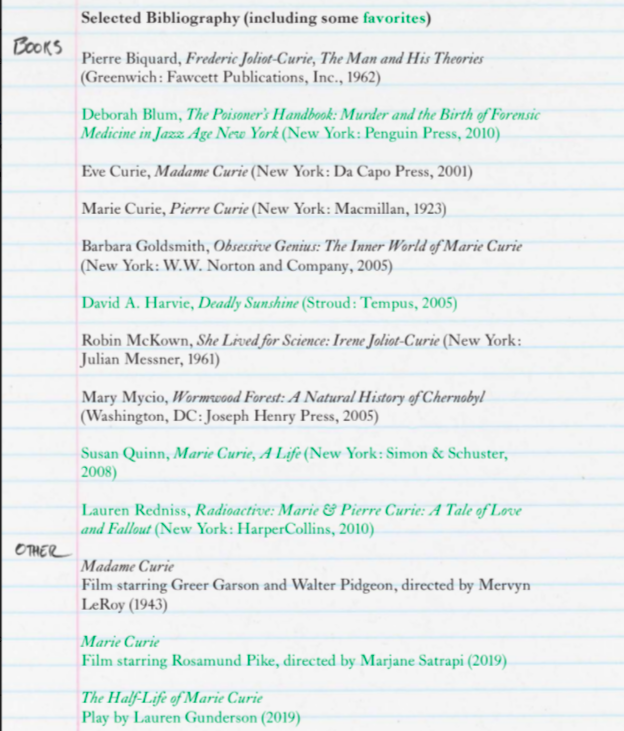…I would like not to underestimate the value of the world view which is the result of scientific effort. We have been led to imagine all sorts of things infinitely more marvelous than the imaginings of poets and dreamers of the past.
- Richard Feynman
In 1955, theoretical physicist Richard Feynman gave a talk on the value of science to members of the National Academy of Sciences at at Caltech University.
In the wake of the destruction of Hiroshima and Nagasaki, his involvement with the Manhattan Project had been cause for serious depression and soul searching.
He concluded that the pursuit of scientific knowledge remained valuable to society, even though such knowledge comes without operating instructions, and thus can be put to evil purposes.
In the Caltech speech, he cited the life improving technological and medical breakthroughs that are the result of scientific explorations, as well as the scientific field’s allegiance to the concept that we must be free to dissent, question, and discuss:
If we suppress all discussion, all criticism, proclaiming “This is the answer, my friends; man is saved!” we will doom humanity for a long time to the chains of authority, confined to the limits of our present imagination.
(This strikes a profound chord in 2022, remembering how some extremely vocal politicians and citizens took changing public health mandates as evidence of conspiracy, rather than an ever-deepening scientific understanding of how an unfamiliar virus was operating.)
Any child with an interest in STEM will be gratified to learn that Feynman also found much to admire in “the fun …which some people get from reading and learning and thinking about (science), and which others get from working in it.
Throughout his speech, he refrained from technical jargon, using language that those whose passions skew more toward the arts can understand to invoke the experience of scientific discovery.
His meditations concerning the interconnectedness between every molecule “stupidly minding its own business” and everything else in the known universe, including himself, a human standing beside the sea, trying to make sense of it all, is of a piece with Shakespeare and Walt Whitman.
Untitled Ode to the Wonder of Life
by Richard Feynman
I stand at the seashore, alone, and start to think.
There are the rushing waves
mountains of molecules
each stupidly minding its own business
trillions apart
yet forming white surf in unison.
Ages on ages before any eyes could see
year after year
thunderously pounding the shore as now.
For whom, for what?
On a dead planet
with no life to entertain.
Never at rest
tortured by energy
wasted prodigiously by the sun
poured into space.
A mite makes the sea roar.
Deep in the sea
all molecules repeat
the patterns of one another
till complex new ones are formed.
They make others like themselves
and a new dance starts.
Growing in size and complexity
living things
masses of atoms
DNA, protein
dancing a pattern ever more intricate.
Out of the cradle
onto dry land
here it is
standing: atoms with consciousness;
matter with curiosity.
Stands at the sea,
wonders at wondering: I
a universe of atoms
an atom in the universe
The Marginalian’s (formerly Brain Pickings) Maria Popova seizes on this interlude for the final installment of her video series, The Universe in Verse, above, collaborating with animator Kelli Anderson on a “perspective-broadening, mind-deepening” visual interpretation of Feynman’s excerpted remarks.
Flowing under and around Feynman’s narration is an original composition by cellist Yo-Yo Ma, whose renown in the field of music is on par with Feynman’s in physics, and who notes in the introduction to The Quotable Feynman:
While he paid close attention to problems we face and generate, he also knew that humans are a subset of nature, and nature held for him the greatest fascination — for the imagination of nature is far, far greater than the imagination of man, and nature guards her secrets jealously.
Read Feynman’s complete speech to the National Academy of Sciences at at Caltech University here.
Watch all nine chapters of The Universe in Verse here.
Related Content
The “Feynman Technique” for Studying Effectively: An Animated Primer
Richard Feynman’s “Lost Lecture:” An Animated Retelling
Richard Feynman’s Technique for Learning Something New: An Animated Introduction
What Ignited Richard Feynman’s Love of Science Revealed in an Animated Video
- Ayun Halliday is the Chief Primatologist of the East Village Inky zine and author, most recently, of Creative, Not Famous: The Small Potato Manifesto. Follow her @AyunHalliday.







